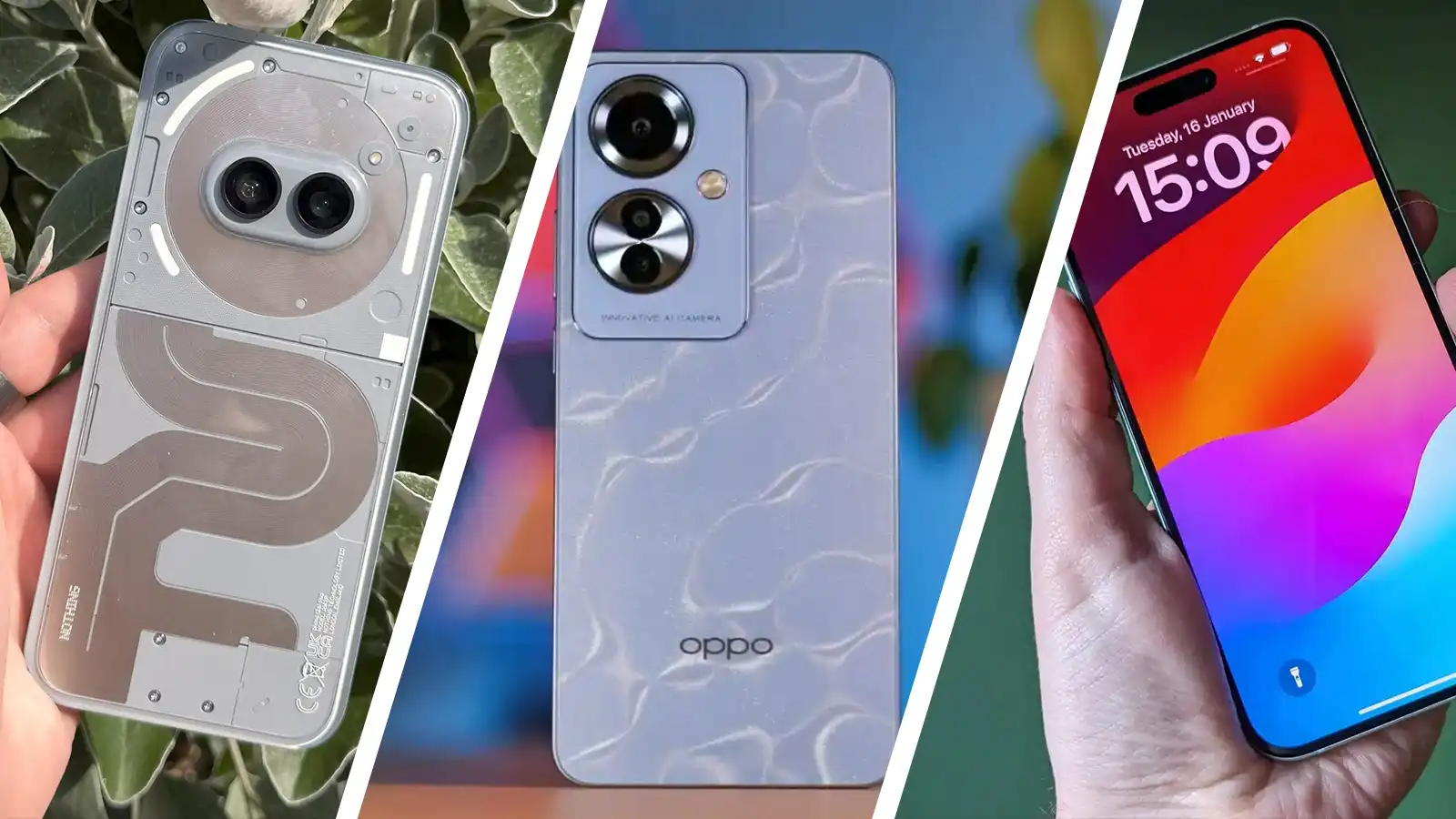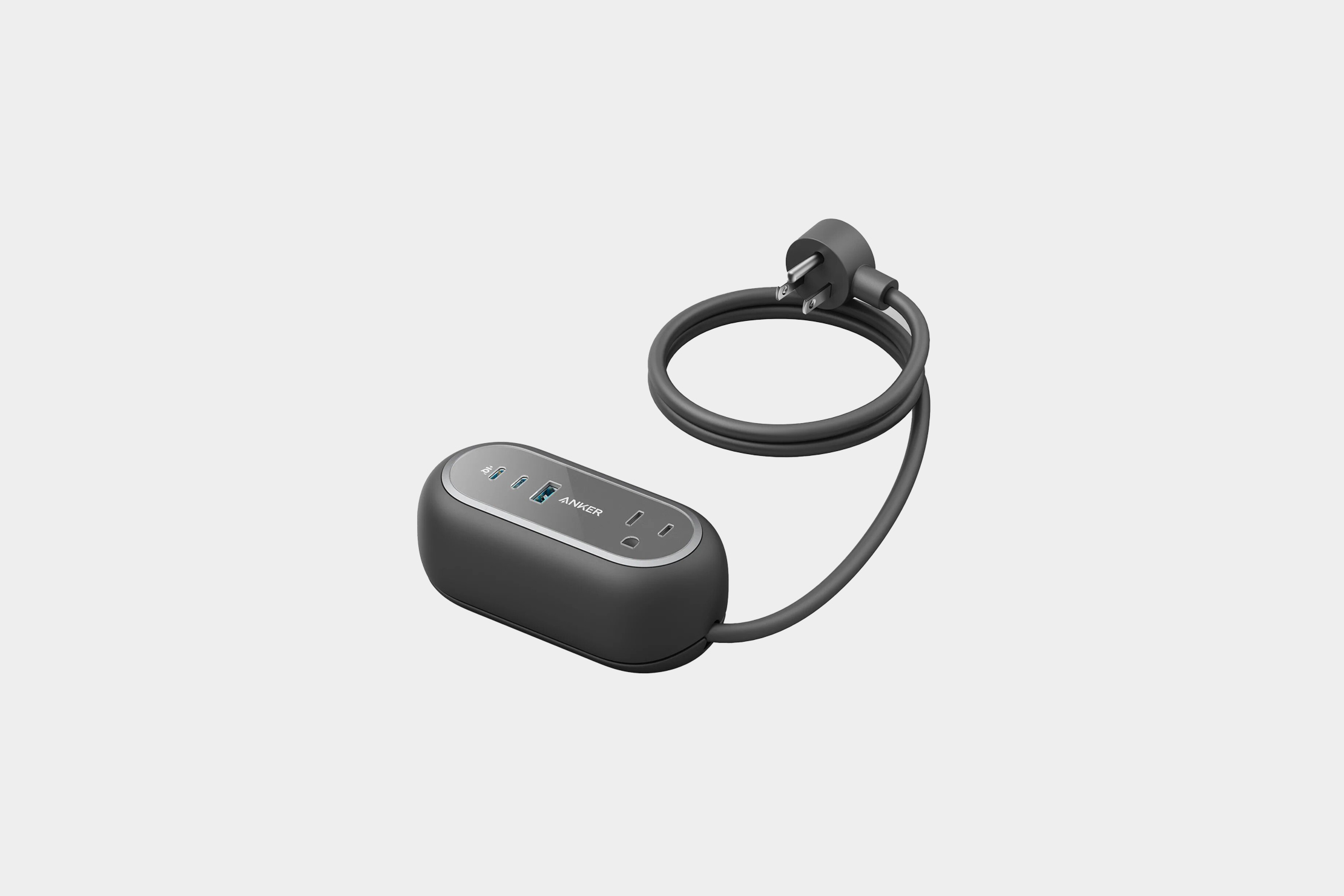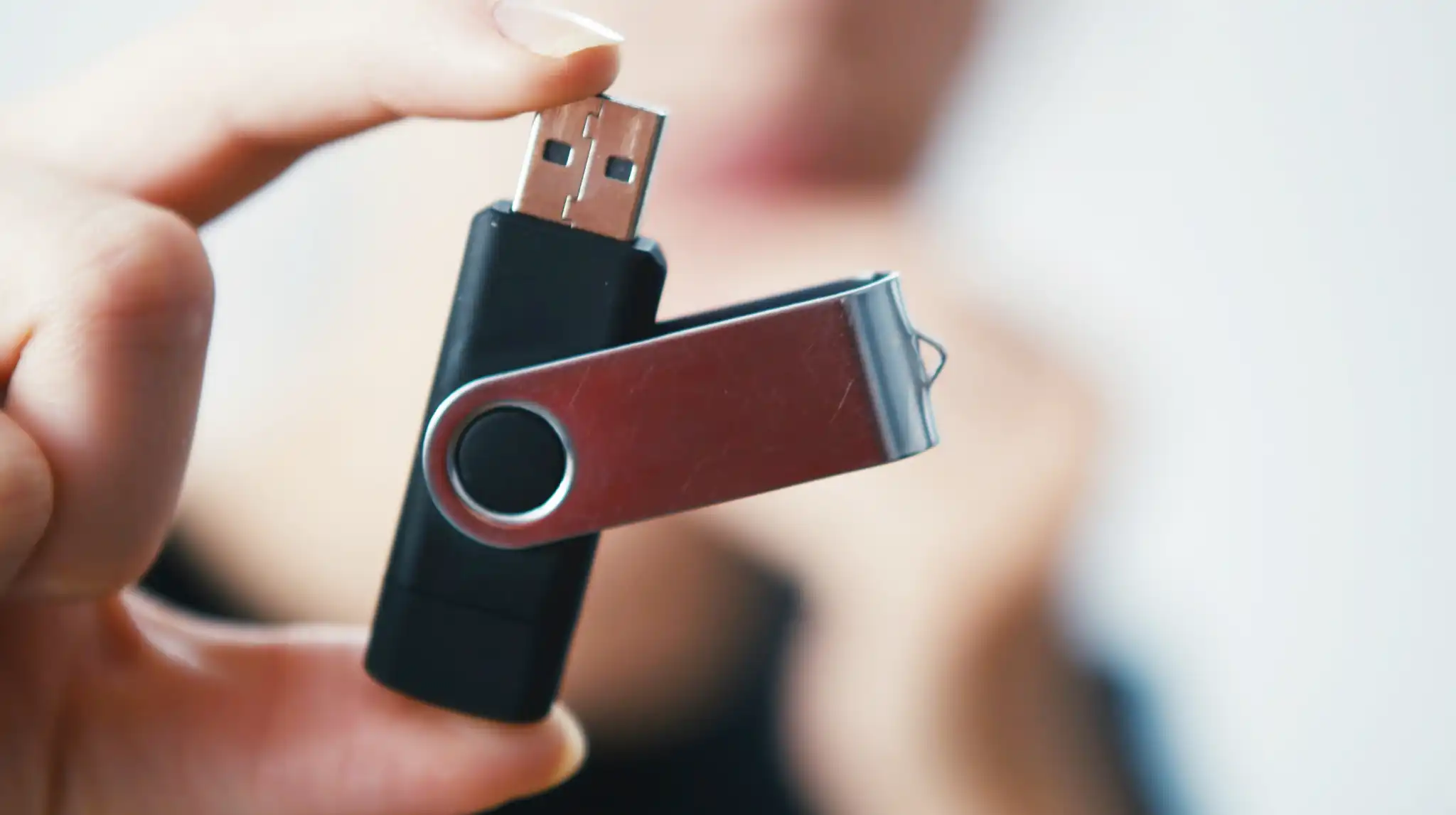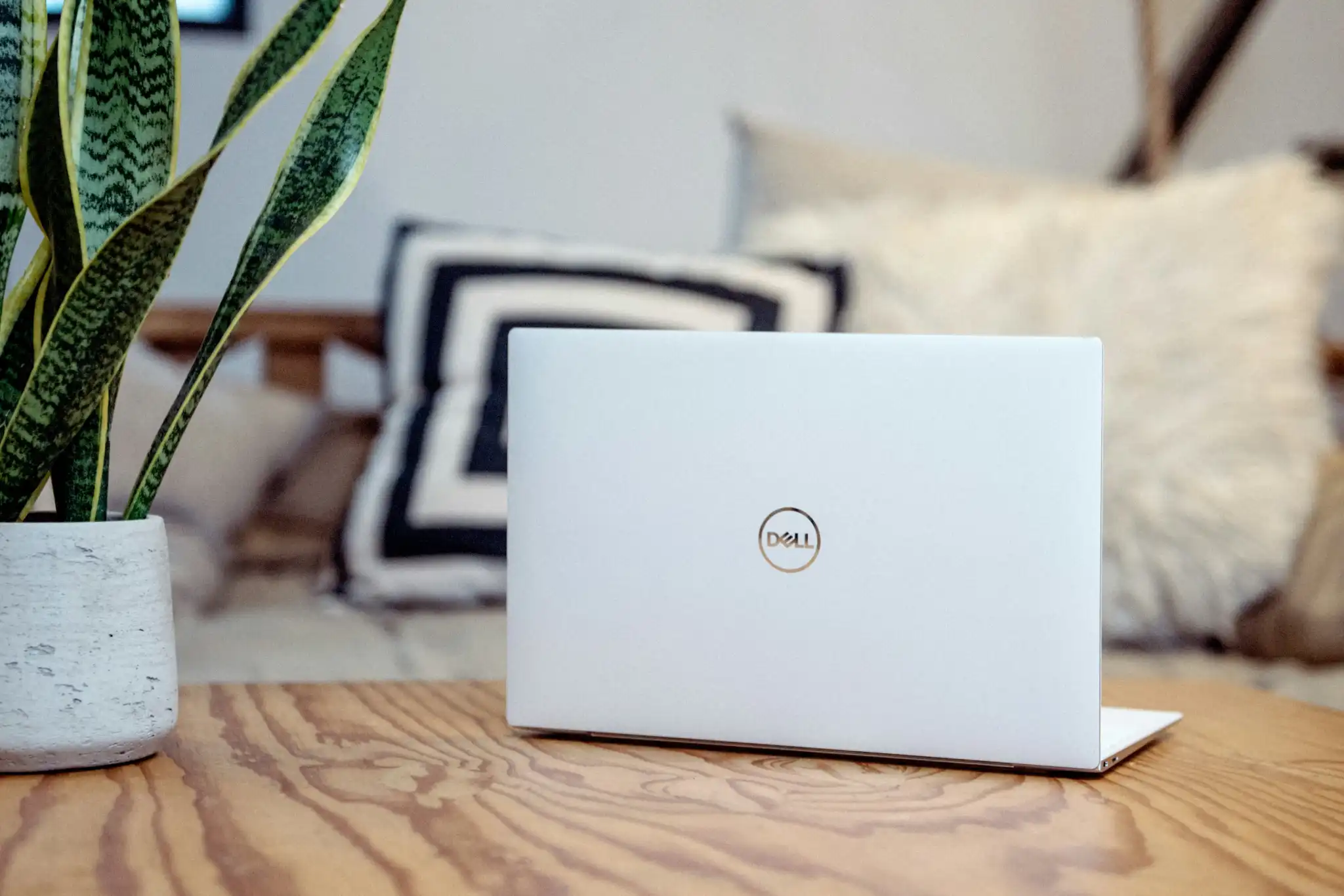Modern phones are remarkable, offering the power and functionality of a high-end PC within a device that can fit in the palm of your hand.
But for all the improvements to smartphones in recent years, one thing has stayed stubbornly consistent: battery life.
That’s not to say that there haven’t been strides forward in this area, yet the increased power demands of the incredible processors and huge, bright displays nearly always cancel out any improvements.
However, a handful of phones are still capable of delivering truly stellar battery life. In this article, we’ll run through the 10 very best that are still worth buying in 2024.
Surfshark | Keep your data private with a VPN
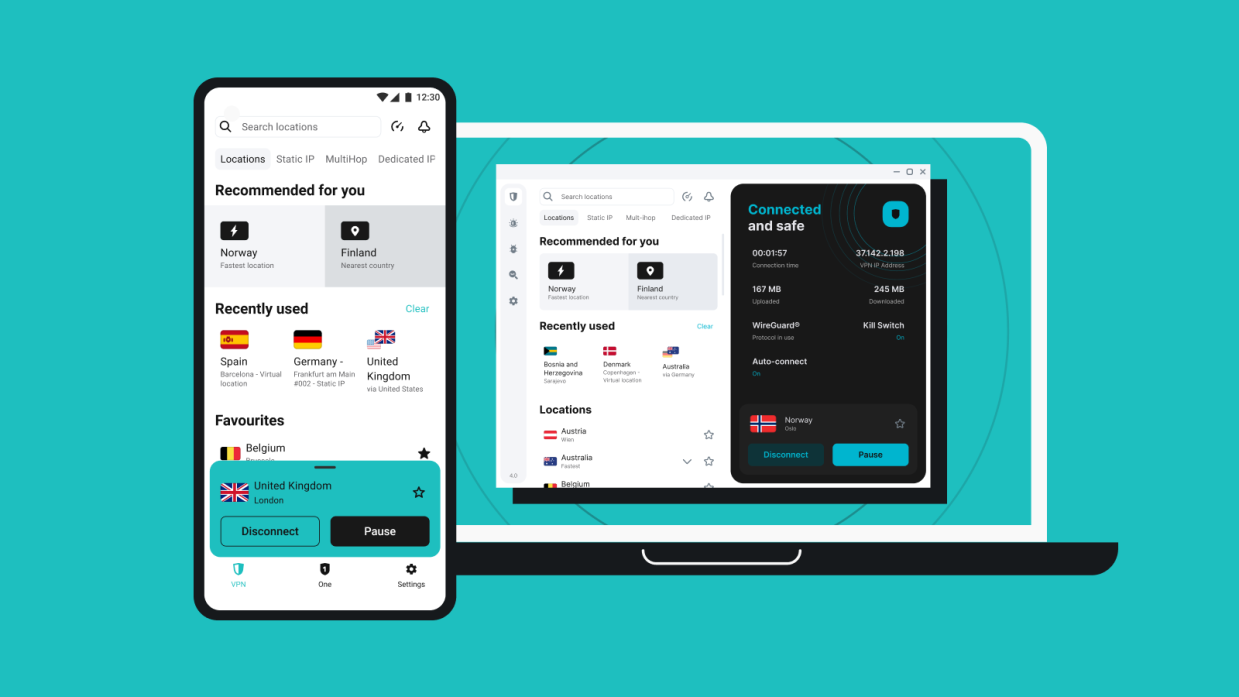
Don’t leave your phone unprotected — it handles your most important tasks! Get a VPN to encrypt your personal info and safeguard it from hackers and cyber threats. Whether you’re using public Wi-Fi, online banking, or shopping, ensure your privacy is secured with Surfshark VPN
Of course, you could get a basic phone which lasts much longer, but there’s no need to give up all your favourite apps for better battery life. Budget, mid-range and high-end smartphones are all included here, so you should find something to suit your budget.
Almost all the phones in this round-up are ranked according to their performance in the PCMark Work 3.0 battery life test, which simulates real-world tasks at a fixed 200 nits of brightness. A higher score generally signals better battery life, though it’s not foolproof.
The app is also only available on Android phones, but we didn’t want to leave the iPhone out entirely. Instead, we’ve included the Apple phone that has performed best during our extensive testing of all recent models.
Why you should trust us: Phone reviews and buying advice have been a staple of Tech Advisor’s coverage since the original iPhone was released in 2007 and Android made its first headlines in 2008.
And in every one of those reviews, battery life has been a key component. We’ve seen battery capacities steadily rise and then stabilise, plus more advanced chips that supposedly deliver improved power efficiency. More recently, many phones use software smarts to optimise background processes and reduce battery drain.
17 years later, battery life has improved significantly compared to early smartphones. But it’s still a relatively level playing field, with cheap phones often matching or even bettering their flagship counterparts.
While the phones in this list are ranked based on their benchmark performance, we know how important it is to test battery life in the real world. Therefore, we perform in-depth, real-world testing on every new Android and iPhone model that’s worth buying (dozens every single year), adopting it as our primary phone for the most authentic experience possible and making sure we are in a position to give you the best possible phone buying advice.
Best battery life phone 2024
1. Sony Xperia 10 IV – Best overall
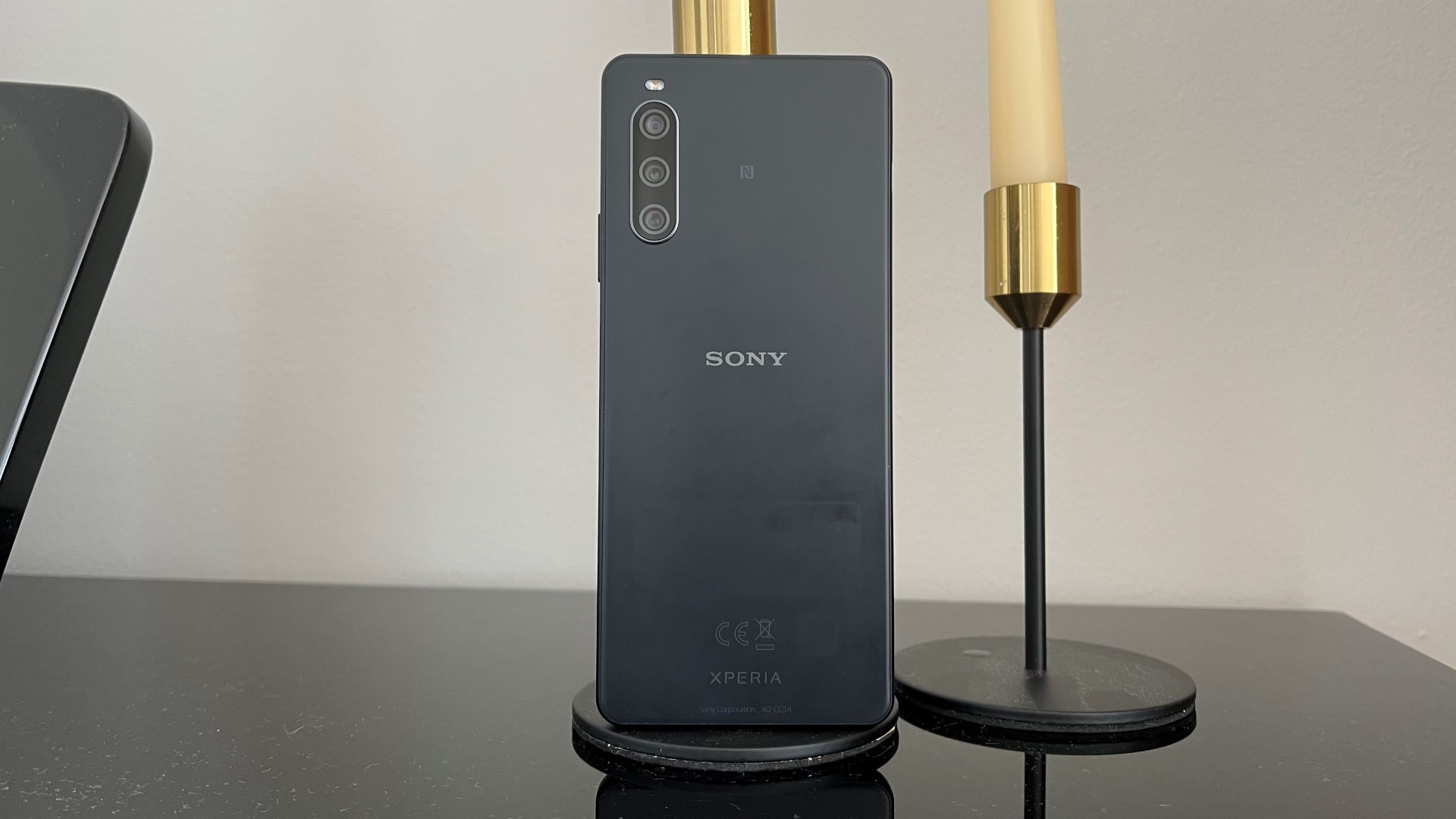
Pros
- Stellar battery life
- Practical lightweight design
- Crisp OLED screen
Cons
- No 120Hz refresh rate
- Patchy camera
- Slow charging
- Battery test score: 24:52
- Battery capacity: 5000mAh
This phone is by no means the best overall phone you can buy. But if it’s battery life you really want, in a fully capable Android phone with the Google Play Store, the Sony Xperia 10 IV blows all competition out of the water. In the PC Mark battery test it scored 24 hours and 52 minutes – an utterly incredible score that comfortably beats the second place phone in this list.
It means the Xperia 10 IV is the only phone we’ve tested that could truly stretch to three days between charges if you are a light user.
That’s all the more impressive considering it’s only 8.3mm thick. Add to that IP68 water and dust resistance and a 3.5mm audio jack, alongside an eye-catching 6-inch screen with a tall 21:9 aspect ratio for watching full-screen movies,. and you’ve got a solid mid-range phone.
It charges slowly, the cameras aren’t the best, and it’s a little dull overall – but the battery is the best in the business.
While we have reviewed the newer Xperia 10 V, it wasn’t tested using PCMark. And we haven’t yet reviewed that phone’s successor, the Xperia 10 VI.
2. Oppo Reno 11 F 5G – Best 2024 phone

Pros
- Strong main and selfie cameras
- Big, bold screen
- Expandable storage support
Cons
- Disappointing supporting cameras
- Performance and build could be better
- Not available in the US
- Battery test score: 22:12
- Battery capacity: 5000mAh
As good as the Xperia 10 VI’s battery life is, it was released back in 2022. If you’re looking for a more up to date handset that still offers incredible battery life, the Oppo Reno 11 F 5G is the best choice.
Its 5000mAh cell doesn’t sound like anything special, but it delivers truly excellent battery life. In our testing, two full days on a single charge was well within reach.
When you do run out, the 11 F 5G supports 67W fast charging, though the charger isn’t in the box in the UK. There’s also no wireless charging.
Elsewhere, this mid-range phone offers an excellent display, expandable storage and strong main and selfie cameras. However, supporting lenses aren’t quite as good, while mediocre performance, a plasticky build and limited software support may encourage you to look elsewhere.
3. Oppo A78 5G – Best on a budget
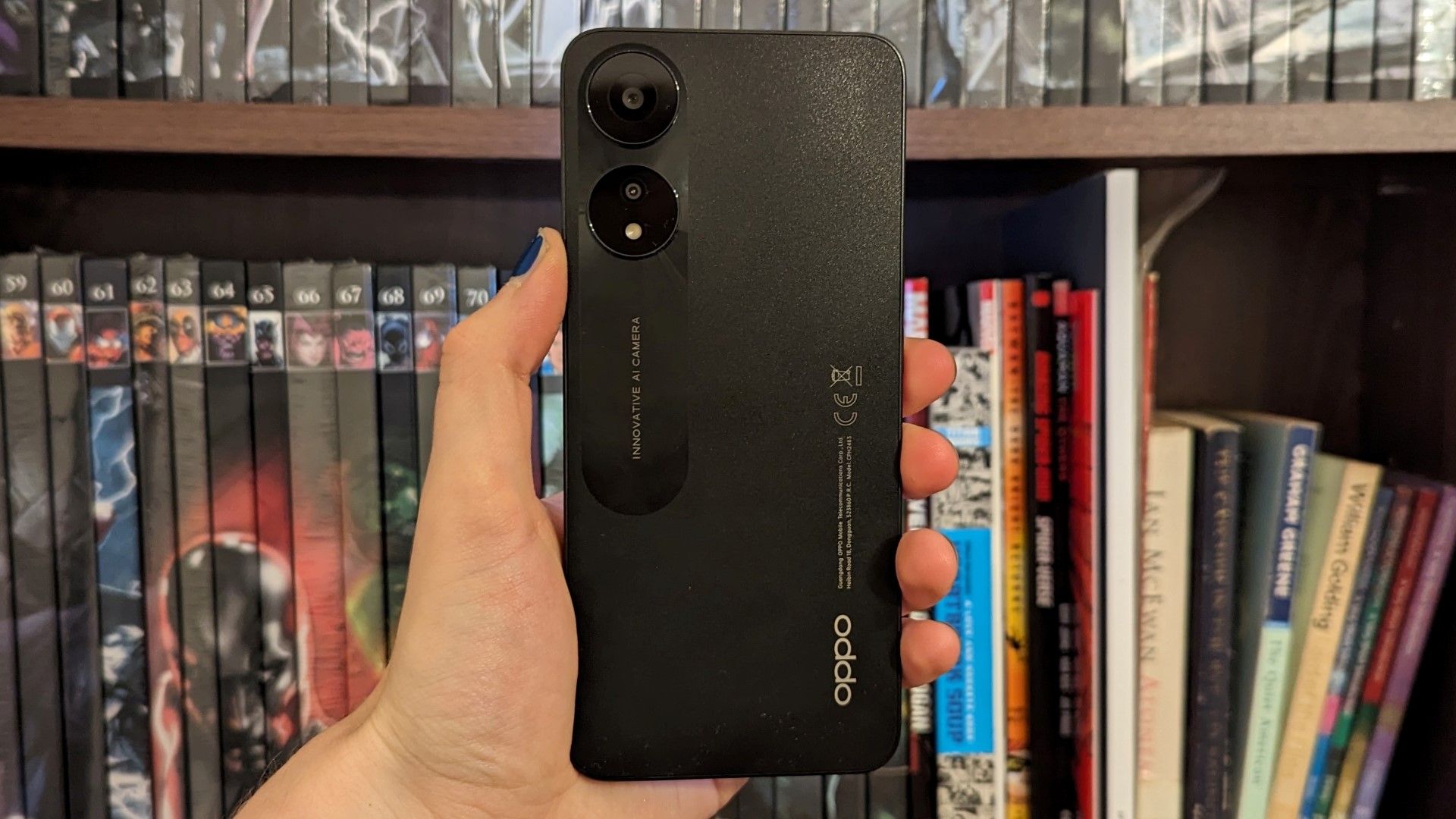
Pros
- Good performance for the price
- Nice 90Hz display
- Superb battery life
Cons
- Average cameras
- Loads of bloatware
- Cheap build
- Battery test score: 21:08
- Battery capacity: 5000mAh
The Oppo A78 5G might be cheap, something which shows in its cheap build quality and average cameras, but it doesn’t skimp on battery life. If there was a metric of the most battery life for your money, this would be the phone to beat.
There are other things to like about the phone, too, including an attractive 90Hz display and decent enough performance to get you through your day.
If you’re looking for something reliable while out and about, but don’t need all the bells and whistles of more expensive handsets, it’s a good choice.
4. Apple iPhone 15 Plus – Best iPhone

Pros
- Excellent A16 Bionic performance
- Useful Dynamic Island
- Crisp, bright display
- Durable, premium build
Cons
- No telephoto camera
- Display only 60Hz
- Relatively expensive
- Battery test score: N/A
- Battery capacity: 4383mAh (unconfirmed)
As mentioned above, the iPhone can’t run the PCMark app we’re using to rank Android phones in this list. However, the iPhone 15 Plus’ real-world battery life is so good that we had to include it.
Apple doesn’t publicly state the battery capacity of its phones, but it appears to be a 4383mAh cell. However the power efficiency of the A16 Bionic chip (which also delivers great performance) and Apple’s optimisations lead to stellar battery life.
Even on incredibly long, demanding days, you’ll end the day with charge to spare. That means two or even three days with lighter usage. The compromise is that USB-C charging is slow – just 20W – though you do get the latest Qi2 wireless charging.
Display is a mixed bag, with the bright, detailed screen being let down by still being limited to 60Hz. The lack of a telephoto camera may also put people off at this price, but the premium build and useful Dynamic Island help to make up for it, alongside Apple’s usual long software support.
5. Nokia XR20 – Best rugged phone
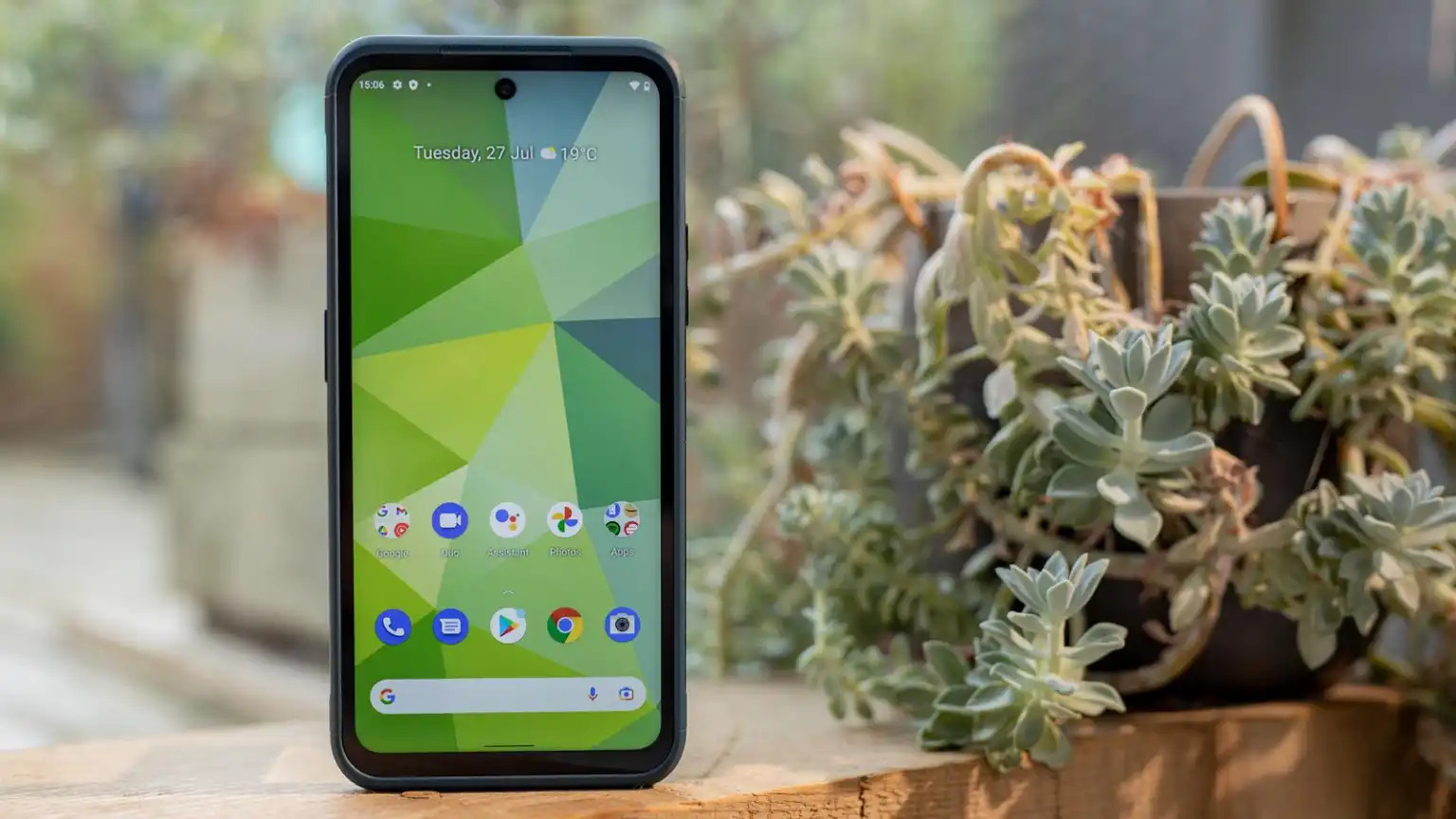
Pros
- Resilient, durable design
- Long warranty
- 5G support
- Affordable
Cons
- Limited performance
- Display only 60Hz
- Older hardware
- Battery test score: 18:48
- Battery capacity: 4470mAh
The Nokia XR20 is a niche phone. It was released back in 2021, and is designed for use in rugged environments instead of general everyday usage.
But it’s still on sale at the time of writing, and there are a few reasons you might want to buy it. Battery life is one of the big ones – for most people, this is very much a two-day phone.
You also get military-grade durability, plus a long warranty and affordable price tag. Even as a secondary phone, it’s worth considering.
However, that older hardware will put many people off, as will the relatively limited performance. But you can’t argue with that excellent battery life.
6. Asus Zenfone 10 – Best small phone

Pros
- Distinctive, compact design
- Fantastic battery life
- Strong specs
- Headphone jack
Cons
- Camera is only mid-tier
- Only two Android updates promised
- Battery test score: 17:36
- Battery capacity: 4300mAh
The Asus Zenfone 10 is the most compact flagship-level smartphone out there, so we are astounded at how good its battery life is. In our testing, we found the battery was regularly hovering around 50% at the end of a normal day’s use – that’s mighty impressive.
Aside from only two years of software updates, this phone ticks all the boxes. Great design with a paper-like rear finish (as opposed to slippery glass), premium performance, great cameras and Asus’s tasteful take on Android.
It’s a great battery life phone that actually fits in your pocket and even has features (like a 3.5mm headphone jack) that most bigger phones dropped because of the supposed lack of space. It’s worth taking a look at the Zenfone 10 for that reason alone.
The Zenfone 10 appears to have been succeeded by the Zenfone 11 Ultra, which adopts a much larger design and doesn’t quite reach the same battery life standards.
7. Nothing Phone (2a) Plus – Best mid-range phone

Pros
- Unique ‘Glyph’ lights
- Premium metallic build
- Impressive selfie camera
- Great performance, including gaming
Cons
- Polarising design
- Other cameras not so good
- No charger in box
- Battery test score: 16:24
- Battery capacity: 5000mAh
One of three Nothing smartphones in this list, the Phone (2a) Plus has the edge when it comes to battery life.
Its 5000mAh cell is nothing special, but PCMark data and real-world usage show it can last a very long time on a single charge. That’s at least one full day for pretty much everyone, but closer to two if you’re not a heavy user.
However, the big reason to buy the Phone (2a) Plus over non-Nothing rivals is its unique ‘Glyph’ interface of lights on the back, which can be customised for ringtones, notifications and more. Combined with the premium metallic build, it’s a genuine standout phone.
Elsewhere, the display and performance are both very good, as is the selfie camera. The other lenses aren’t quite as good, but still very usable.
Nothing also has a unique take on Android, offering a range of customisation options and decent software support.
8. Nothing Phone (2a) – Good value option
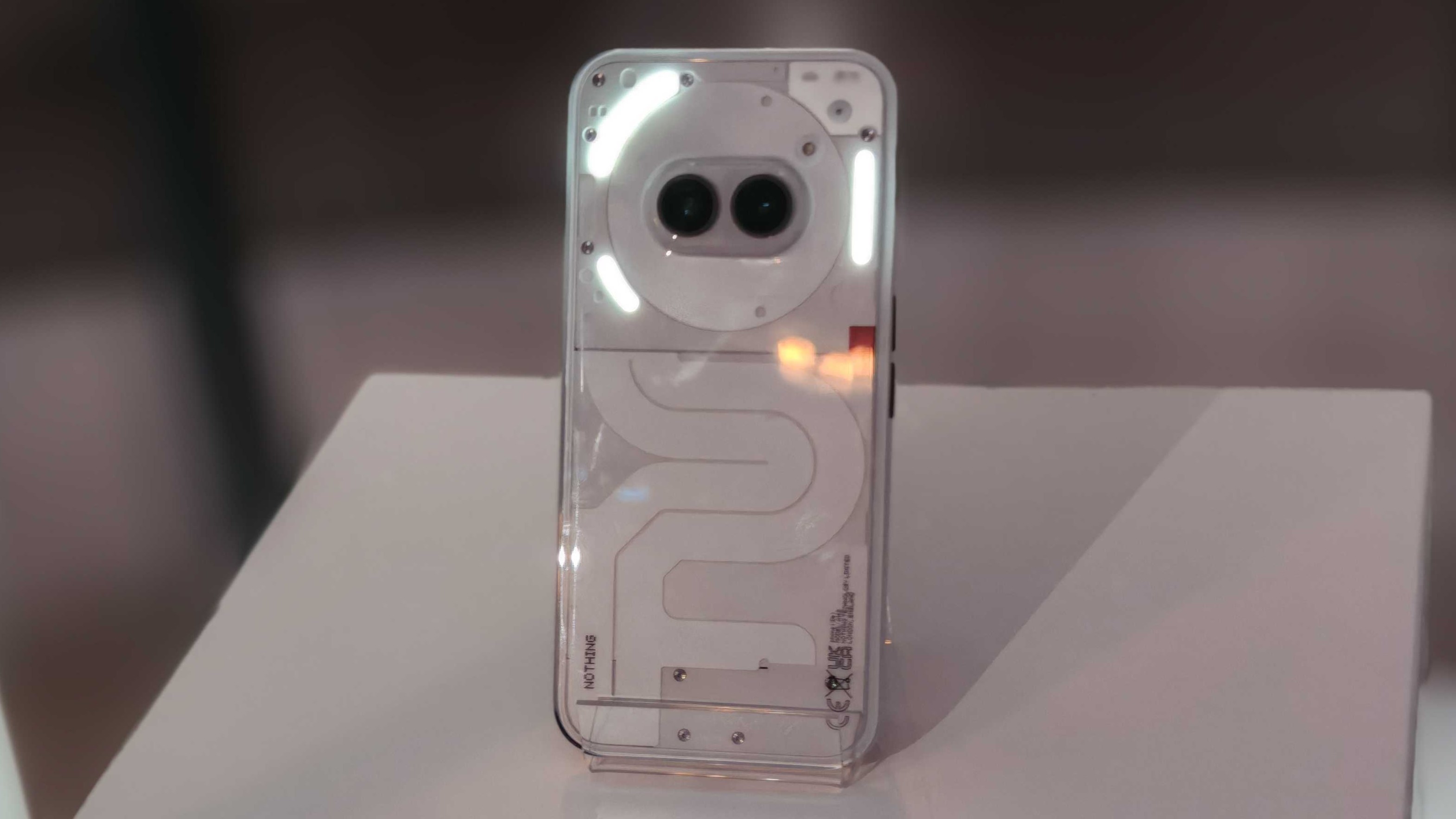
Pros
- Unique design
- Premium build
- Great display
- Slick, customisable software
Cons
- Chipset downgrade compared to (2a) Plus
- Worse selfie camera than (2a) Plus
- Hit-and-miss cameras
- Battery test score: 16:16
- Battery capacity: 5000mAh
The regular Phone (2a) also earns its place in this list, especially as it’s significantly more affordable than the Plus model.
Essentially, you’re missing out on the upgraded chipset and selfie camera of the Phone (2a) Plus, though neither are bad on the regular model.
And despite a slightly lower score in the benchmark test, battery life is pretty much identical. It’s still a two-day phone for many people, and a full-day handset for everyone.
If you’d like to save some money and don’t mind the downgrades compared to the (2a) Plus, the regular Nothing Phone (2a) is still a great choice.
9. Samsung Galaxy S24+ – Best Samsung phone
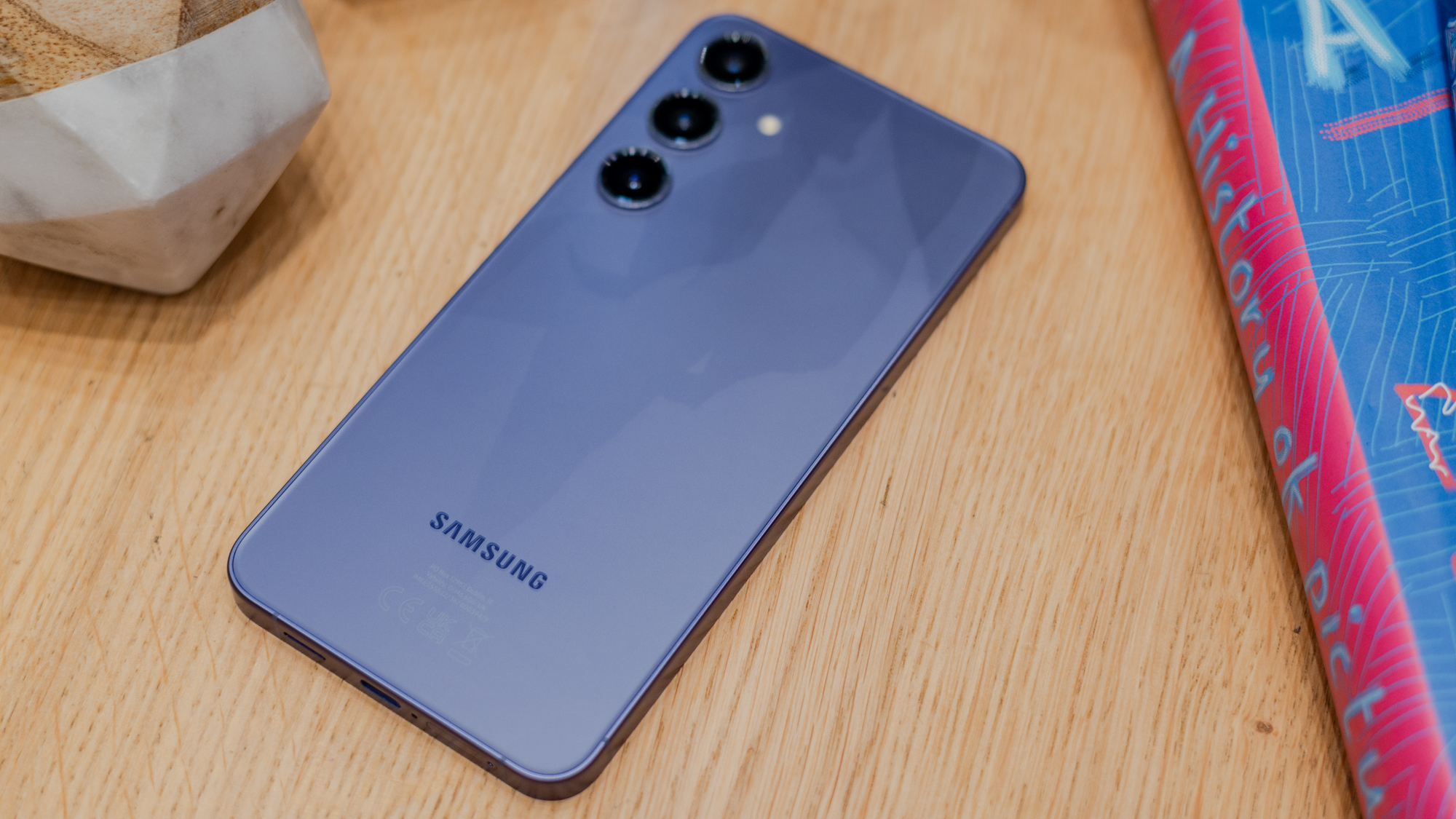
Pros
- Excellent 6.7-inch display
- Strong performance (Exynos or Snapdragon)
- Great cameras
- Useful AI features
- Seven years of updates
Cons
- Expensive
- No S Pen support
- Battery test score: 16:04 (Exynos), 15:52 (Snapdragon)
- Battery capacity: 4900mAh
For many people, the S24+ is the sweet spot in Samsung’s flagship S24 range.
That’s especially true when it comes to battery life, where it beats even the top-end Galaxy S24 Ultra. Crucially, this applies to the Exynos model available in the UK and Snapdragon version you’ll find in the US – we’ve tested both.
The Snapdragon 8 Gen 3 has the slight edge when it comes to performance, but the Exynos 2400 isn’t far behind, representing a big leap forward for Samsung’s own chipsets. Charging has also been improved compared to previous generations – it’s now at 45W.
But the S24+ is the most well-rounded phone in this list, with a stunning 6.7-inch display, premium design and great cameras. You also get slick, Galaxy AI-infused software, plus a class-leading commitment to seven years of updates.
Price is the main sticking point for most people, but if you can afford it, you won’t be disappointed by the S24+
10. CMF Phone 1 – The best budget phone

Pros
- Unique, stylish design
- Solid performance
- Fun accessories
- Excellent value
Cons
- No NFC
- Simple camera setup
- Battery test score: 15:59
- Battery capacity: 5000mAh
The best budget phone you can buy just happens to have excellent battery life. The CMF Phone 1, the first ever phone from the Nothing sub-brand, combines excellent stamina with a genuinely unique design.
Combining a modest 5000mAh cell with power-efficiency MediaTek Dimensity 7300 chipset yields decent performance, but very good battery life. We’re talking a realistic chance of two days on a single charge for many people.
Its other key selling point is the unique design, with a stylish back panel which can be swapped out for something more colourful. There’s also an attachment in the bottom-right corner which can be used to connect custom lanyards, kickstands or wallet accessories.
With a great display and unique software, it has so many strengths. Basic cameras and a lack of NFC are the main shortcomings, but most people will be able to overlook these at this affordable price.
Battery life phones buying guide
How is battery capacity measured?
Battery capacity is measured in milliamp-hours (mAh). The higher the mAh of a battery, the higher its technical capacity. But the phones with the highest mAh aren’t always the phones with the best battery life.
It can depend on how efficient the phone’s processor is in conjunction with the software, as well as how much you actually use your phone. Expensive high-end phones often are faster and have better screens, but require larger batteries to compensate or suffer from crippling shortfalls.
What should you look out for?
When choosing a phone, it’s important to consider what you’ll likely use it for primarily and the hardware that it brings to the table. If you buy a larger-screened phone with a high-resolution display and a high peak brightness, those attributes are all going to affect longevity negatively compared to a phone with the same-sized battery but a smaller or lower resolution panel, for example.
Some phones – particularly in the mid-range and budget segments – may offer large batteries and great battery life but forgo or offer underwhelming fast-charging speeds, meaning recharging them at any time other than overnight may become a chore.
Decent fast charging speed wattages to look out for as of 2022 are anything over 33W, with some devices boasting 120W and beyond, at the top end of the current range.
What do the results show?
For consistency’s sake, we’re only including phones which have been tested using our most current benchmarking process, which relies of PC Mark’s Work 3.0 battery test to generate a score. The only exception is iPhones, which don’t support this app, so we do our best to factor those into the ranking based on real-world testing and experience.
It’s worth noting that these tests spit out a figure in minutes and seconds, but this is not an indication of how long a phone will actually last.
In all tests, the screen brightness is set to the same level to ensure fairness and consistency (200cd/m2). The phone discharges its battery and the screen is set not to dim or turn off.
For example, if a phone lasts 12:15 in a test, it lasted 12 hours and 15 minutes with the screen on and the test processes running. These figures may vary from a device’s own report of screen-on time, as usage and power management setups have an additional effect on real-world situations.

